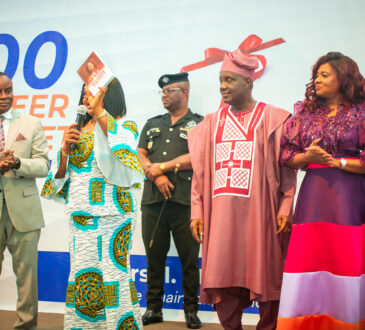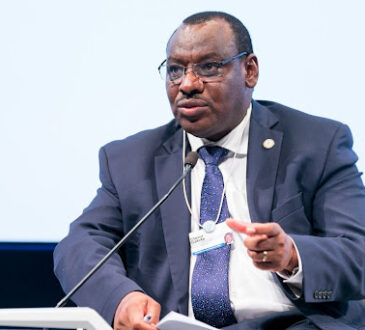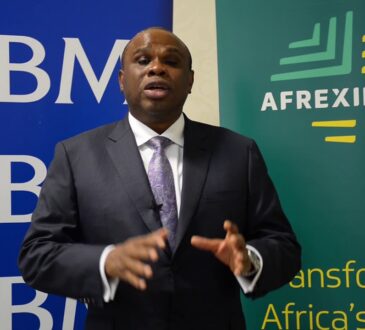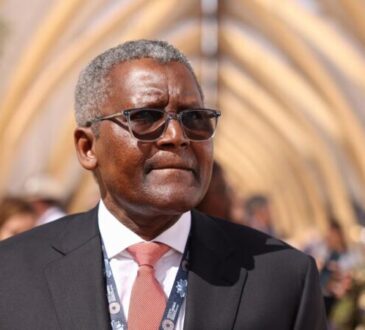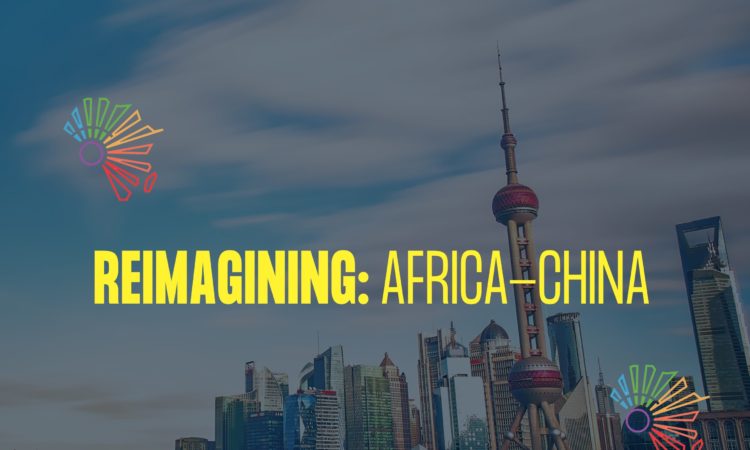
The story so far
The headline numbers are glaring enough. Africa is developing ever deeper ties with China in trade and investment.
The majority of emerging economies are found in Africa, with China being the largest in the globe. Over one-third of the world’s population resides in China and Africa together. The challenge China and Africa share is advancing social and economic development.
Africa-China relations can be traced back to the 1950s when economic and trade cooperation centered on bilateral trade and China’s aid to Africa. Through the joint efforts of both sides, cooperation has been developed in ever-expanding fields and with increasingly richer content.
Africa-China relations reached their peak when, in 2009, China became Africa’s largest trading partner.
China overtook Europe as Africa’s top trading partner in 2009, despite the global financial crisis, which caused the volume of China-Africa trade to decline to US $91.07 billion. As the world economy recovered, China-Africa commerce maintained a positive recovery and development momentum.
The story hasn’t changed much since 2009. We have, however, witnessed an ever-increasing volume of trade and investment volumes between Africa and China.
$254 billion – an all-time high
The volume of bilateral trade between China and Africa increased from US$12.14 million in 1950 to US$100 million in 1960 to US$1 billion in 1980.
After crossing the US$10 billion threshold in 2000, trade between China and Africa has continued to rise quickly ever since.
China and Africa conducted more than $100 billion worth of bilateral trade in 2008, with China exporting $50.8 billion to the continent and importing $56 billion from it.
Between 2000 and 2008, the average annual growth rate of China-Africa commerce was 33.5%; during that time, the volume of trade between the two continents increased from 3.8% to 10.4% in Africa and from 2.2% to 4.2% in China.
Despite issues with the global supply chain, commerce between China and Africa reached new highs in 2021. A shift in Chinese strategy toward commerce and cooperation rather than state-backed investments is partially reflected in the increase.
According to the most recent data from China’s General Administration of Customs, total bilateral trade between China and Africa in 2021 reached USD 254.3 billion, a 35.3 percent increase over the previous year.
China’s top five African commercial partners in 2021 were Egypt, the Democratic Republic of the Congo, South Africa, Nigeria, and Angola. Together, the value of commerce between China and these nations made up more than half of total trade between China and Africa.
Nigeria, South Africa, Egypt, Ghana, and Kenya imported the most products from China in 2021. Together, their imports accounted for more than half of all Chinese commodities brought into Africa in the previous year.
On the other hand, the top exporters to China in 2021 were South Africa, Angola, the Democratic Republic of the Congo, and Zambia. Their combined shipments to China last year made up over 71% of all exports.
Minerals, metals, agricultural goods, crude oil, and agricultural goods are among Africa’s top exports to China.
FOCAC Route
The Forum on China-Africa Cooperation (FOCAC) has undoubtedly been instrumental in increasing the momentum of investment engineered over the period between China and Africa.
Since its inception more than 20 years ago, the FOCAC has improved and reenergized economic and trade cooperation between China and Africa; trade, investment, infrastructure, and capacity building have all been advanced; and financial and tourism cooperation have gradually expanded, forming a multi-tiered and extensive cooperation pattern on a new historical starting point.
Under the direction of the then-Chinese President, Hu Jintao, FOCAC brought together more than 40 leaders of state or governments from Africa for the first time in 2006. Its advancement under the Xi Jinping era from 2013 to a comprehensive strategic multilateral framework covered concerns relating to human development, politics, trade, and the environment.
FOCAC continues to have the deepest, broadest, and most cooperative strategic relationships. Significant investments have helped Africa, and China has built up a sizable soft power presence on the continent.
Today, FOCAC is much more than just one development criterion. It has evolved into the central idea behind China’s grand strategy for the developing world, and Africa is central to this strategy.
Author: Paul Frimpong




